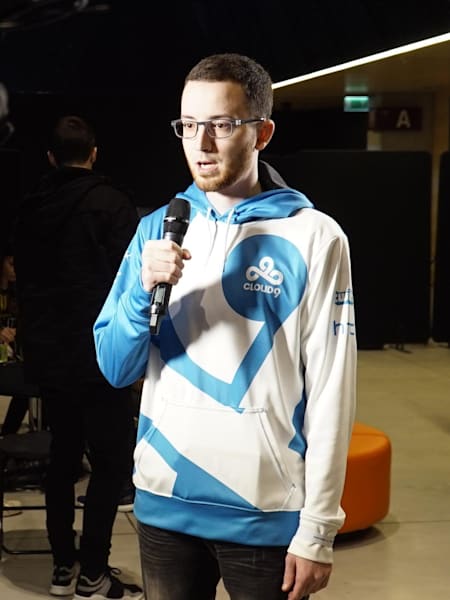Gaming
For the very best PUBG players in the world, the last eight to 10 months have been quite the ride. After getting pretty good at the hot new video game of the time, they suddenly found themselves at the center of one of the most promising esports in the world. The developers made it clear they wanted to do esports, major event organisers got involved, and slowly but surely, big prize pools started to appear for PUBG competitions.

4 min
Cloud9’s SOLIDFPS talks PUBG esports
We ask pro players questions related to gameplay that are fun and informative.
Such a rapid rise has resulted in a competitive scene that still has a lot to work out, but it has to do so while in clear view of hundreds of thousands of fans. Whereas many other esports had time to figure things out, with just a hardcore group of fans, PUBG is doing it right in the spotlight.
Of course, the ones that this really impacts are the players, especially those who have been around since day one. That's why we sat down with Alexandru 'SOLIDFPS' Cotiga, a pro PUBG player for Cloud9 since June 2017, to find out how this crazy ride started, and what needs to be improved in the scene.
One of the key areas that finally seems to have been figured out by most tournaments is the circles. When events were using the default settings, the games were not interesting to watch, and it was difficult to keep people engaged.
"If you saw how competitive play was, say, six months ago, it was basically just like the circles that close really fast, right," Cotiga says. "And so the whole meta was just grab cars, and every circle if you're not in the centre, go to the centre, and that was that. It was kind of frustrating, kind of boring, and everyone relied on the circle."
Now events have figured out that watching players fall to a circle to just run across a map is not particularly enjoyable so they implement slower circles. This means that dying to the circle in the early stages is nearly impossible for any competent team, and means the only way people get eliminated is through actual fights.
Another thing that seems to be an issue in the world of PUBG is the format of the events themselves. The IEM Invitational featured a number of invited teams and was filled up by those that made it through the qualifiers, however some have issues with this format.
“I think that if you do an Invitational, it has to be entirely based on player performance at previous events and online tournaments,” says Cotiga. “If you do open qualifiers, or any sort of qualification system, there needs to be far more slots to actually fight for. I think that, when you do a mix, it's sort of like, kind of almost unfair a little bit. Trying to compete against all of the best NA teams that didn't get invited and only have two spots to play for kind of sucks.”
There's no doubt that there's still a lot of growing for the competitive PUBG scene to do, but the growth and improvement it's seen in the last few months is certainly reassuring. Give it another six months and chances are that all of these issues will have been solved, and PUBG will be well on its way to challenging the big name games.





